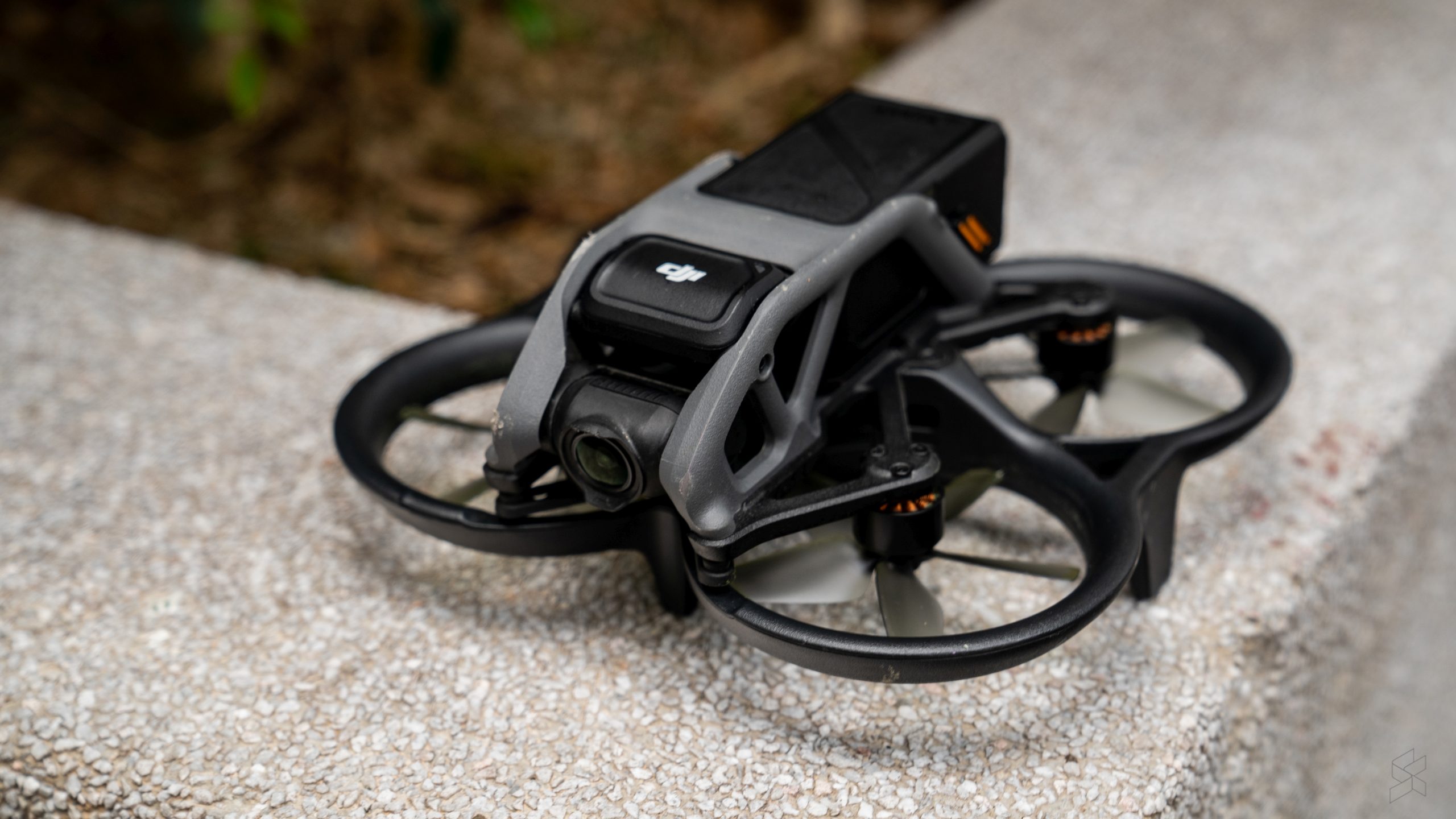In recent times I don’t think any kind of cinematography has been as impressive to me as FPV drone footage. The kind of shots you can get with a drone like this thanks to its unparalleled agility is quite literally mesmerising.
I was hooked, I wanted to learn how to fly FPV drones. But when I went down the rabbit hole, well it was a lot more daunting to start than I thought. The main thing is the skill floor for getting into this.
Unlike most modern drones that basically fly themselves, FPV drones are about as manual as they get. There are no anti collision systems, no preset moves, heck they can’t even hover. That means everything the drone does is down to the pilot’s skill.
And given my track record as a drone pilot. There was some cause for concern.
In fact, before you even get into the air, you also need to know how to assemble your FPV drone. And let me tell you they do not snap in place like legos. Then, there’s the cost of getting into it.
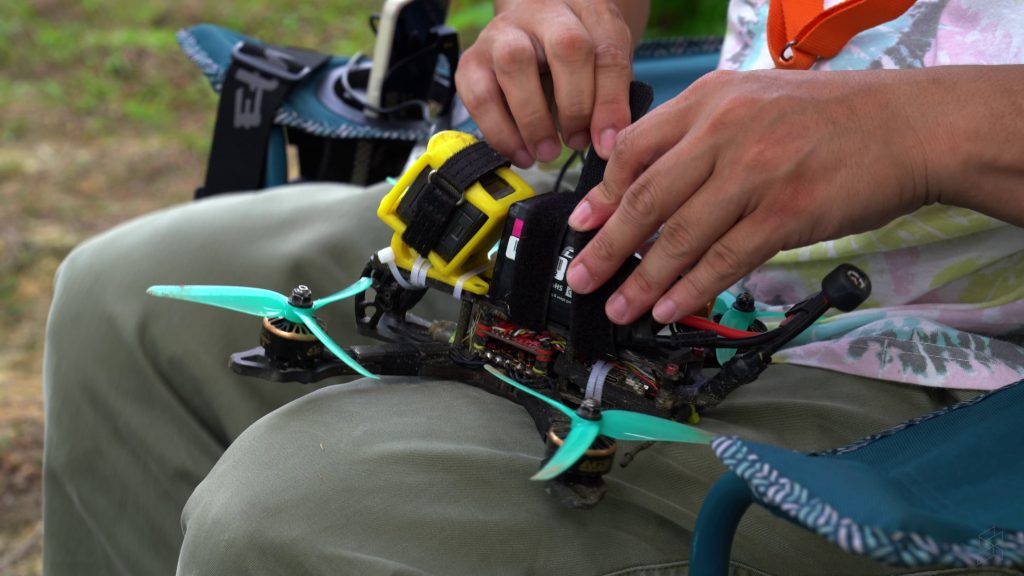
Conservative estimates put a set with the drone, goggles and controller to be about RM3,000 which is about the same price as a DJI Mini 3 Pro. Only that comes fully assembled and with a whole bunch of modern safety features to keep it from ending up in a tree.
If only there was some way to put some of those smarts into an FPV drone, make it durable and have it all ready to fly right out of the box. Wouldn’t that be the perfect beginner FPV drone?
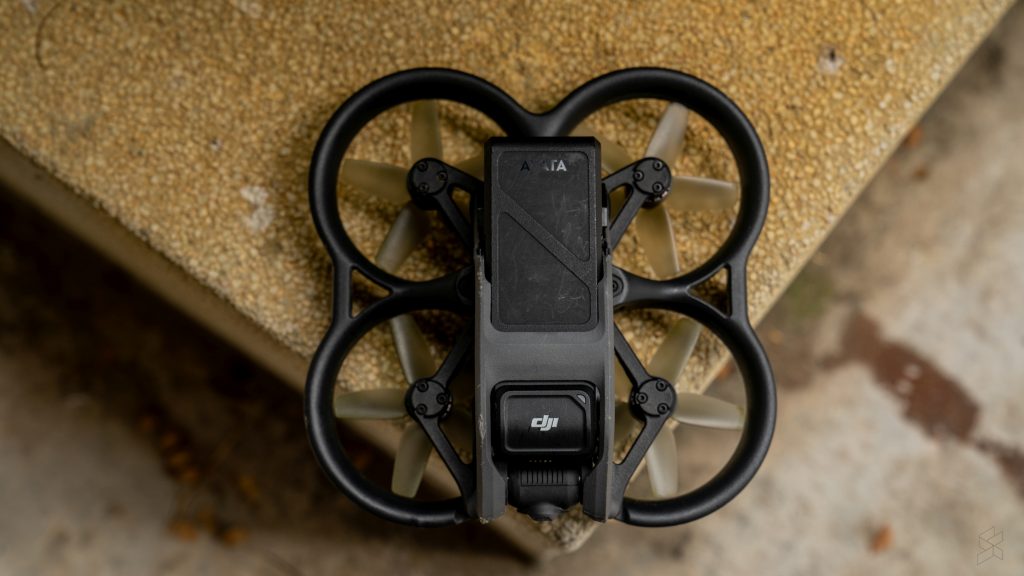
This is the DJI Avata, and it’s the company’s brand new FPV drone. They’ve launched one in the past, but that was a far more serious, less beginner friendly looking model called the DJI FPV. The Avata takes a slightly different approach. On the face of things, it looks like a killer recipe. It’s a tiny, agile FPV drone that the company claims is built tough, but also comes with enough of DJI’s safety features that it can hover, return to home and even has an air brake feature to save you from sticky situations.
To cap it all off, you won’t even need to learn how to fly with sticks because it’s compatible with DJI’s motion controller that uses a bunch of sensors to detect your hands movements for what the company calls “intuitive flying”. All of that sounds almost too good to be true. Would this actually work? Well, yes.
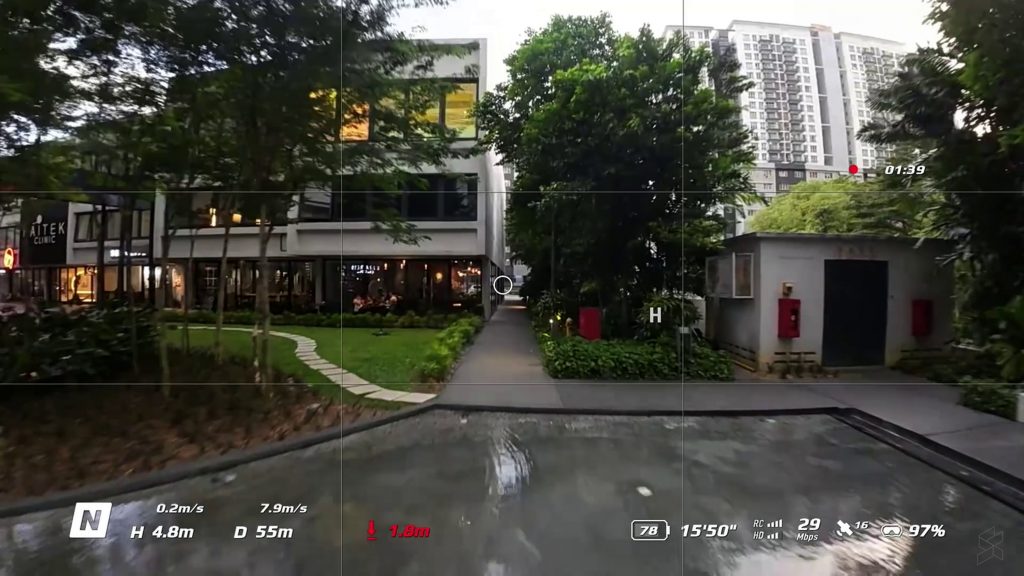
Of course, it did take a quick minute to get used to the sensation of flying and the sensitivity of the inputs, but it’s crazy how intuitive flying like this is. In your field of view, there’s a little circle that you can move by twisting the controller. The idea is simply just to point the circle where you want to go, and squeeze the accelerator.
The drone will literally take care of the rest. It’ll gently bank over long sweeping corners, or dart quickly between trees depending on how quickly you flick the controller. And it is a wrist motion that we’re talking about here. You don’t want to move your whole arm because not only does that take more effort, but your drone won’t respond as quickly either.
If you want to separate the drone’s flight from the camera’s frame, you can enable the head tracking function in the new DJI Goggles 2 so the camera will point where you turn your head, while the drone will fly in the direction you point your controller. In theory, it works quite well, but in practice this isn’t really as reliable as I thought it would be. It’s not as predictable when you’re combining both movements and I found myself turning this off almost immediately.
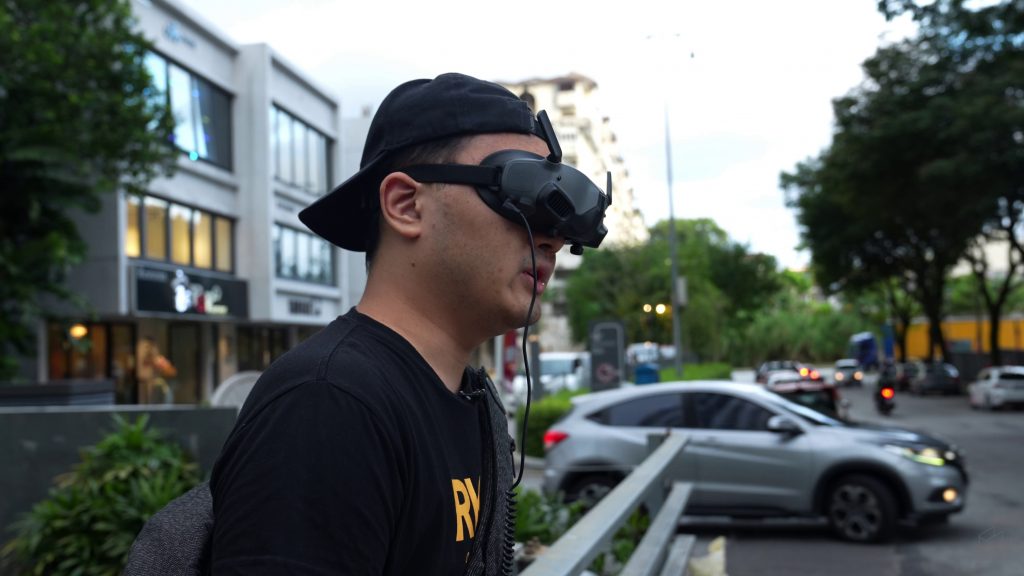
Though, speaking of the goggles, these new Goggles 2 are incredible. I’m someone who usually gets motion sickness from VR goggles, but the screens, response and refresh rate on these new goggles are incredible. They use tiny Micro LED displays that you can adjust focus with by twisting the adjuster knobs, and adjust field of view by moving them outwards or inwards.
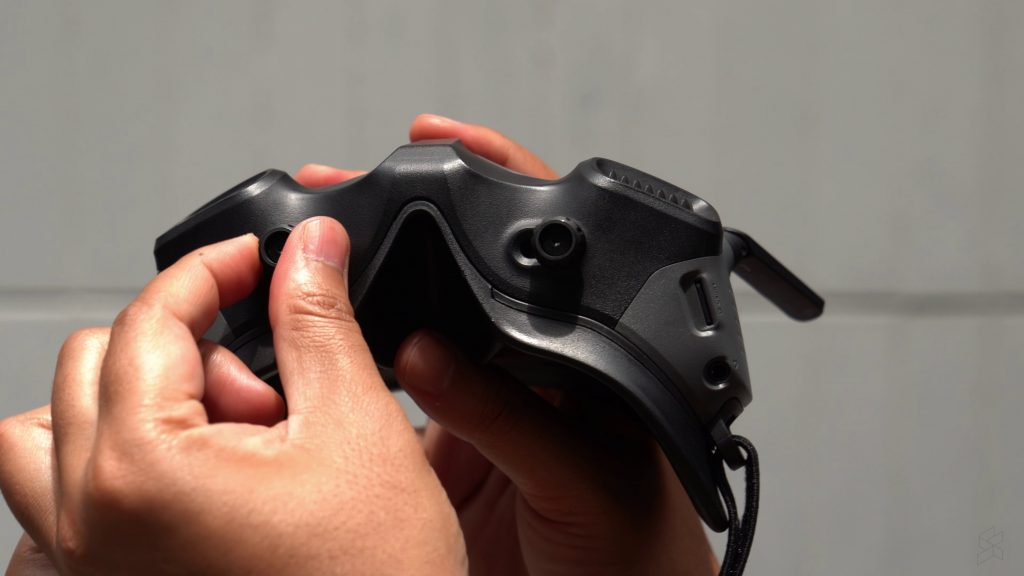
The headset is also incredibly light for the kind of quality and range you get from them. In an open plain, we were able to go well over 1km before the signal started to degrade. The only thing is that this is a digital signal, which means when you lose signal it will just freeze. And that was part of the reason why I had my first big crash.
Now, maybe I was being a little bit of an idiot flying in a dense city area, but having reviewed the footage, I don’t think it’s entirely a pilot skill issue. Halfway pulling up, I basically lost all control of the drone and couldn’t redirect it as it was hurtling towards the building. But that happens with drones sometimes. What I was most impressed with was the fact that the drone survived the more than two storey crash nearly unscathed.
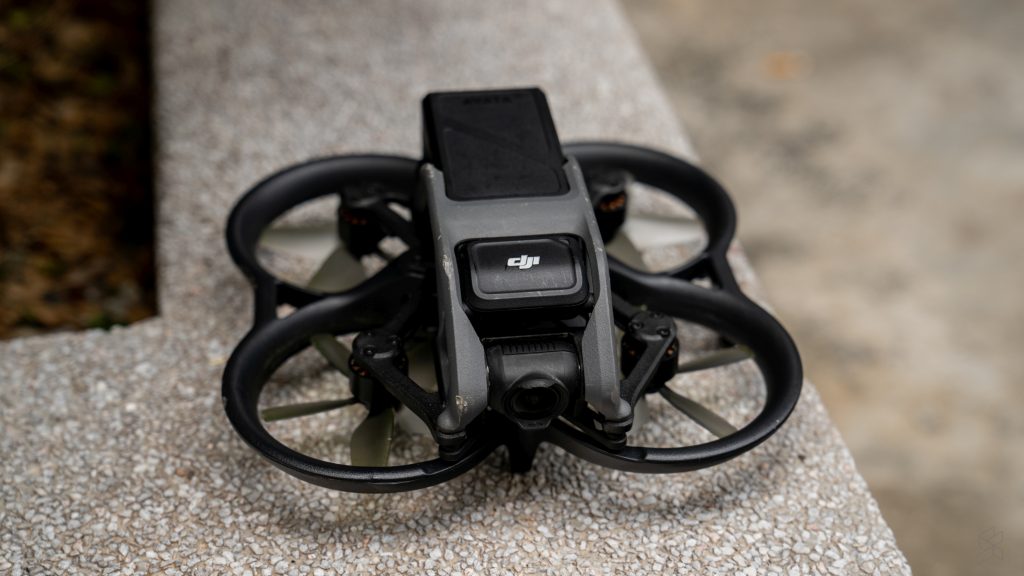
There wasn’t even a broken propeller in sight. Yes, the prop guards were scuffed, and the battery lost its power button, but the drone itself was fine.
And this wasn’t the first crash we experienced. This thing hit the deck more times than any of the other drones I’ve flown and yet it’s still chugging alone just fine. There was even an instance when Sofie flew directly into a tree and the drone just bounced off and hovered in place.
Remember how DJI said that this drone was robust? I believe it.
After that crash though, we decided to hand the drone off to someone a little more experienced with FPV drones just to get a gauge on how this compares to a regular FPV drone.
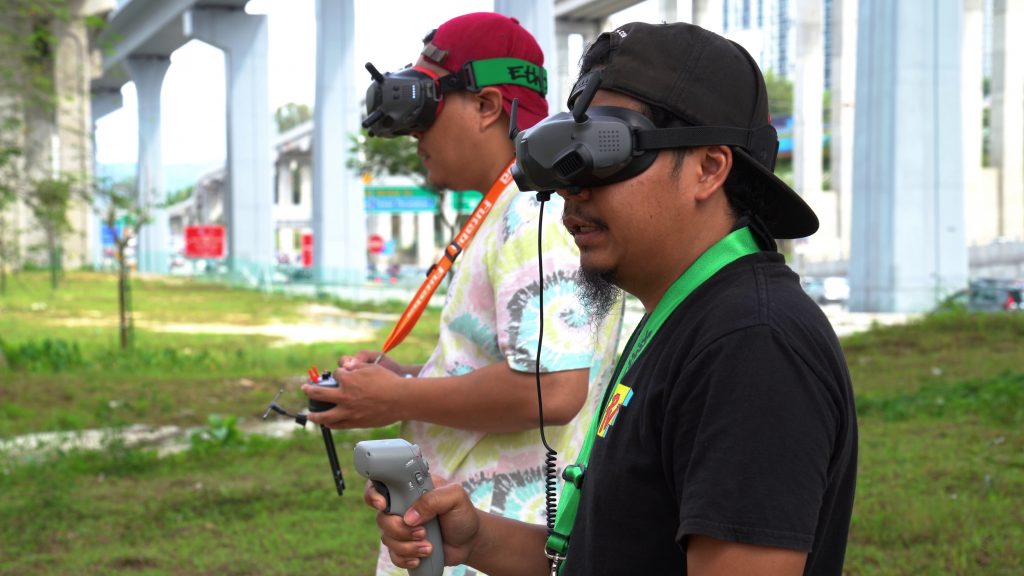
This is Sahril and he’s been flying FPV drones for over 3 years now. Initially, I thought he’d be disappointed by baby’s first FPV drone, but to my surprise he really likes it. Although he’s already accustomed to flying with sticks, he picked up the Motion Controller almost immediately.
He notes that the best thing about the Avata has to be the camera. Unlike most FPV drones that have separate cameras for flying and filming, with the Avata, what you see is what you get, which makes it super easy to frame shots. They were also very impressed with the battery life out of the Avata which can last a little over 10 minutes on a single charge. Their drones max out at about 7 minutes.
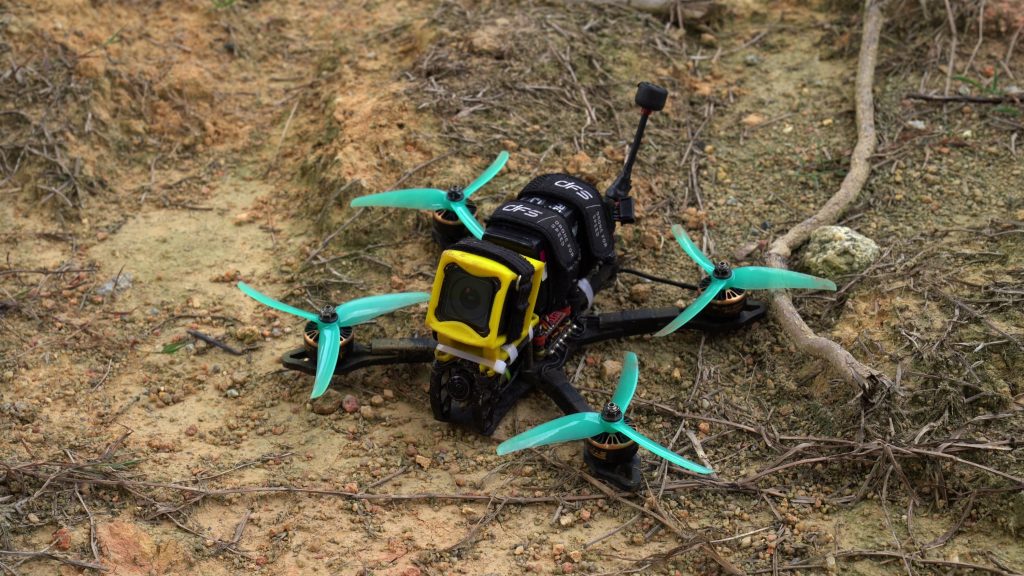
What’s more, since it was a smart battery, the remaining charge is displayed in percentages, while typical FPV drones require the pilot to monitor the voltage so they don’t over drain the battery. Obviously, this fancy new tech comes with its own set of limitations. For starters, that battery is about as proprietary as it gets. Yes, you get the convenience of charging it with USB-C, but you’re probably only going to be able to buy new ones from DJI themselves.
Then, having one camera to do both flying and recording means that there’s no room to upgrade the camera on your drone. On a regular FPV drone, you can just swap out the camera for a newer model, or a 360 camera, or anything with a light enough payload. With the Avata, you’re stuck with what you get.
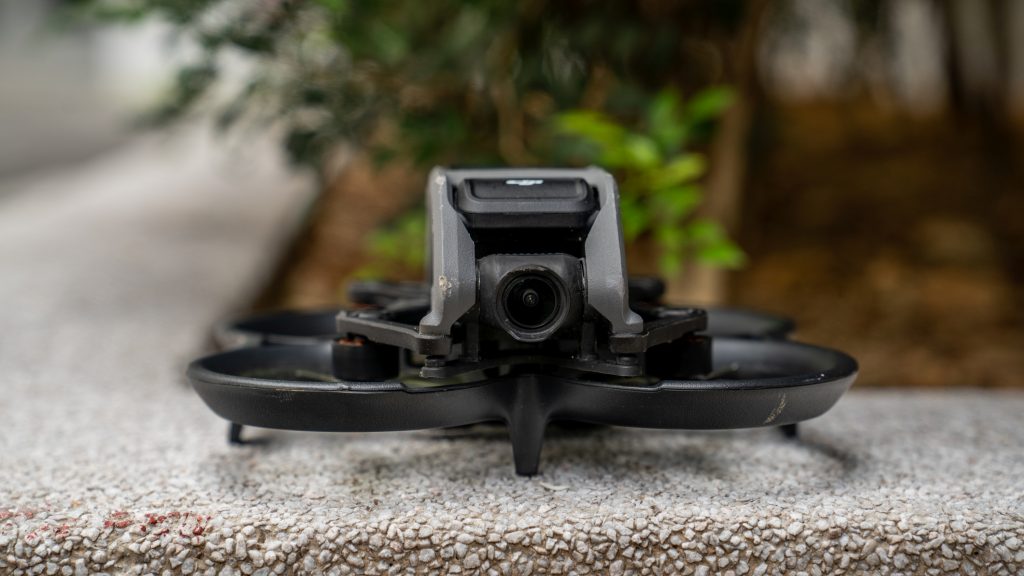
Luckily it is pretty decent. It’ll do up to 4K 60fps with RockSteady and D-Cinelike, which means it’s pretty much on-par with most of DJI’s consumer drones. But, don’t expect mind-blowing cinematic quality here.
So, is DJI’s brand new Avata the beginner’s FPV drone? Well, I came into this review an absolute novice. I could barely fly regular drones without crashing, and I absolutely have never flown an FPV drone before. But, after just a couple of sessions, I was making moves I never dreamed I’d be able to do without hundreds of hours of experience. And the more I flew it, the more confidence I had to try new and more risky maneuvers.
It’s crazy how fun and intuitive it is to fly the Avata, even if you’re a complete beginner like me. I have no idea how DJI has done it, but they have and I’m completely hooked.
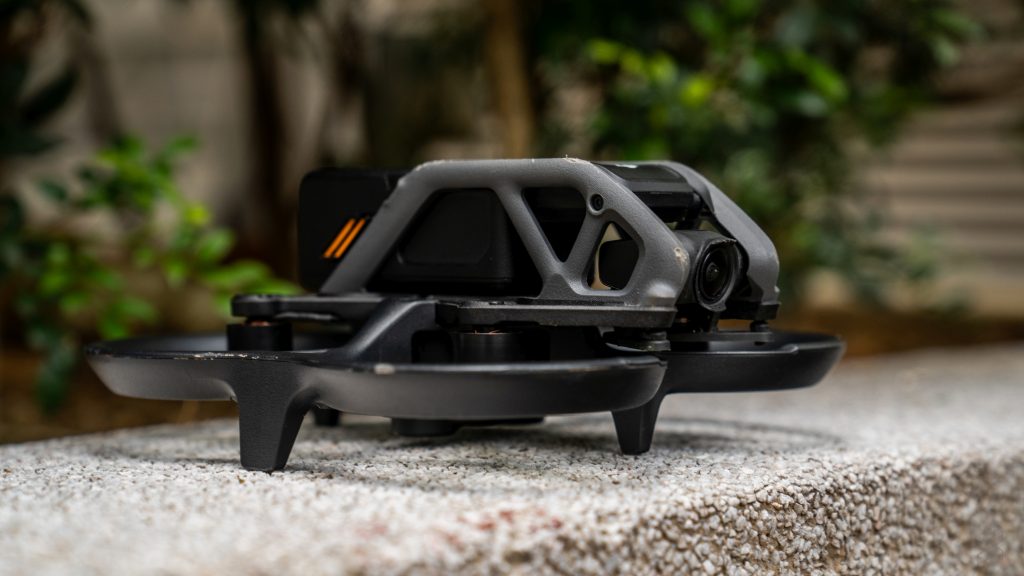
Though I think the most underrated feature of the DJI Avata is that it can also grow with you. As great as the Motion Controller is, I foresee a point in time where the basic movements you can make with it become a limiting factor. You can’t dive buildings or do flips or any of that fancy shit you see experienced pilots making.
But, if you do want to graduate from the Motion Controller to something more serious, you can do that with the Avata too. It’ll pair right up with a regular DJI FPV controller 2 and give you access to full manual mode so you can do all those complicated maneuvers. And yet, it’ll still have some of the useful features to keep you safe like the ability to bail out of a flip by hitting the pause button, or have your home point displayed in your goggle’s HUD.
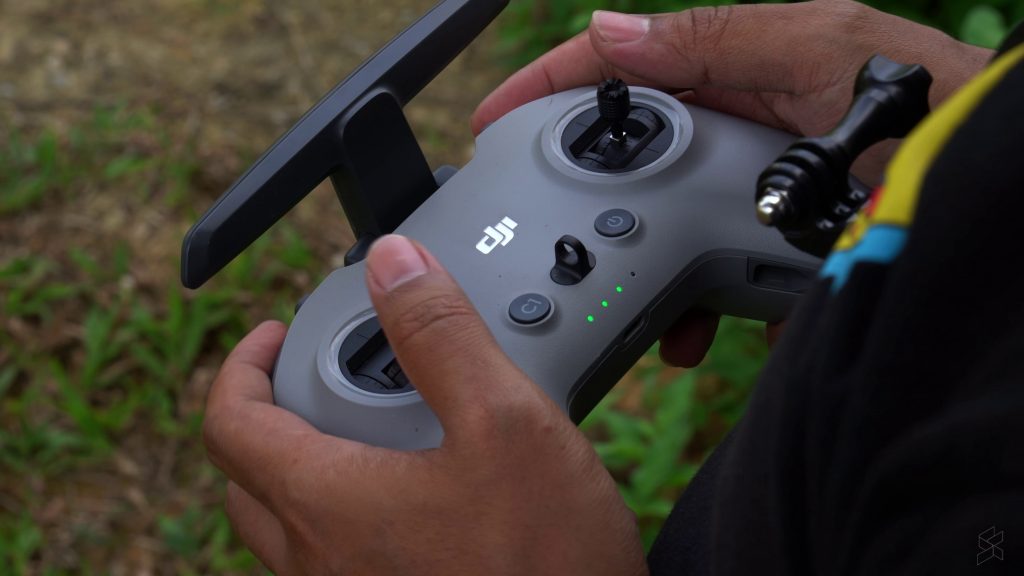
What’s more, Sahril says that the drone should also be quite easily repairable. The propellers and rotors for example look pretty standard so you should be able to swap them out if they do get damaged.
It’s definitely my favourite product to come out of DJI in a long, long time. Nothing I’ve tried even comes close to the thrill it offers and I’m not even using it to its fullest potential.
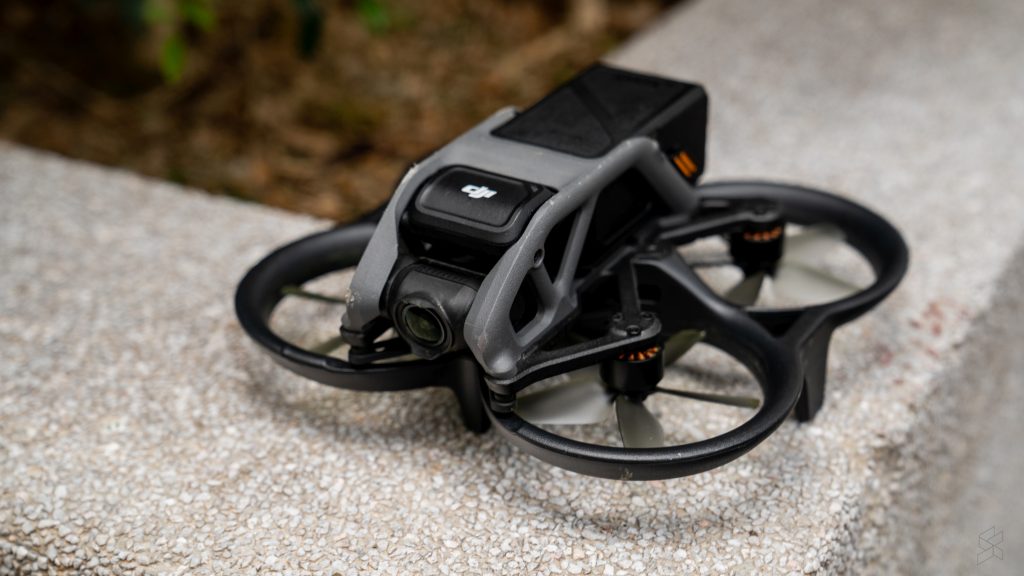
The way I see it, the biggest hurdle with the Avata, is its price. For the Pro View combo I reviewed here with the new Goggles 2 and Motion Controller, you’ll need to fork up RM5,899. But you can pick up just the drone for RM2,499.
That’s a lot of money, and its also probably more than you’d spend building your own FPV drone. But, it comes ready to fly out of the box, built in smarts, and if we’re talking about smiles per ringgit, it’s kind of hard to beat.
Well done DJI, I think you’ve hit a home run here. And if you can find a way to make the price just a little more accessible, people are going to be lining up around the block.

